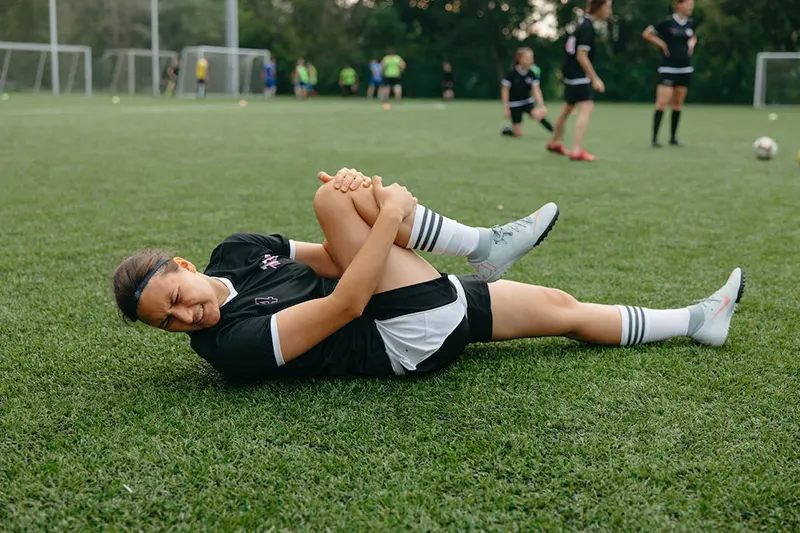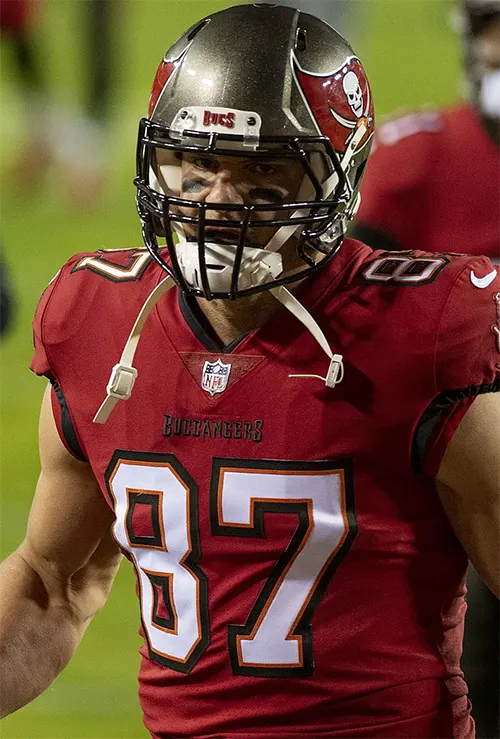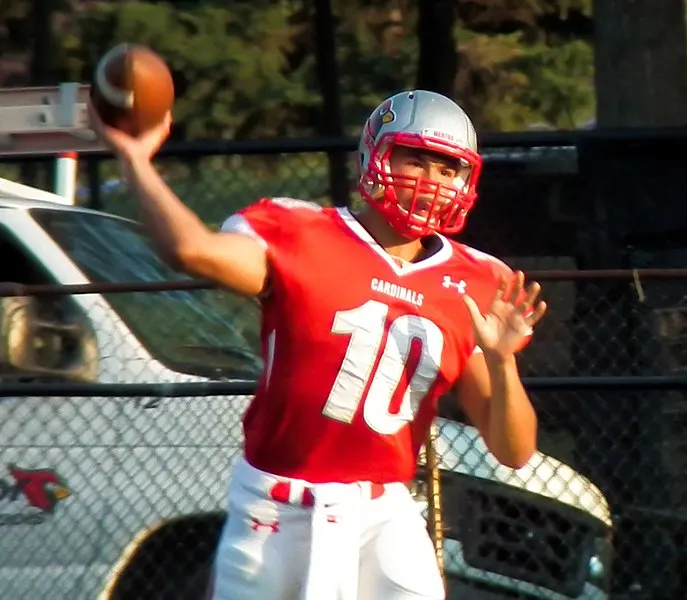Sports betting involves many contributing factors that can significantly alter your bets, predictions, and overall dynamics. One important factor, in particular, is sports injuries, which are unavoidable and can occur before or during matches. Regardless of the situation, you must determine how much importance to give to a sports injury.
Moreover, a detailed injury study and thorough research on all players and opposition can help you place more profitable bets. Therefore, take a close look at how injuries shape your sports betting decisions and much more.
What Happens to the bet if the Player Gets Injured
One of the most asked questions of sports bettors is what happens if the player they bet on gets injured. Well, if the team officially announces that a player is inactive per the league, the majority of the bookmakers automatically cancel the bets.
But, according to various sports books, the decision may alter according to the type of bets.
- The bet stands to cancel if you bet OVER and UNDER
- Some sportsbooks will consider the bet if the player is active and has not been officially out of the league or match.
- Some sportsbooks consider the bet valid even if the player appears for one minute.
Also, If your prop is a factor of a parlay across numerous games, that bet will be declined, but the rest of the parlay will still be active, with a lower payout. So, knowing your sportsbook’s rules will help you shape your bet if there is any buzz about players’ injuries.
Assessing the Situation
In sports betting, all the external factors must be equally important as internal factors. Of course, sports injuries are an important external factor. But, using your evaluations, research and mind can help you shape your bet smartly.
For example, In the NFL, your team’s starting quarterback is injured and will stay out. The sports betting odds makers often change the odds about a field goal if the starting quarterback is out. Now, you must not get overwhelmed by the reaction and know that it’s just one player. The substitutes can perform better and usually take responsibility for the injured player.
Evaluating the Injured Player
As soon as the news of injury strikes, you must assess the scenario. For example, there’s a matchup between the Green Bay Packers and the Detroit Lions, and a further one is set at a seven-point home favorite.
Now, due to circumstances and injuries, Aaron Rodgers is out of the game and cannot play. In this scenario, Rodgers is a star player and can simply alter the performances drastically. Therefore, you can smartly switch your bets towards Lion or choose teaser bets. Shaping your bets according to the performance and tactics of the injured player can help you minimize the losses.
Information of Backup Player
Another factor that can change your betting decision after the news of injury is the knowledge of backup. For example, Kyle Lowry is not present in a game due to injury, and the backup is Cory Joseph; you can trust him.
All this knowledge will come to you by studying the current statistics, performance under pressure, and history of the backup players. If you know the backup will ensure their game does not suffer, it’s safe to go with them.
Also, sports bettors change their bets just by looking at the injured player’s status but forgetting to check on backups. On the other hand, if you think the substitute player can’t back up the star player, you can change your favorite or take less risky bets.
Take Minor Injuries Into Account
Many times in the history of football, it has been observed that players with minor injuries come to the ground. They may have arm or wrist injuries. Some sportsbooks will spread the word about unfit players, which will help them alter odds and bets.
But prior knowledge of the seriousness of the injury is required. For example, if the player has a calf, hamstring, or groin and is still playing, this can lead to underperformance. But, if the injury is on the upper limbs, it may not mess with the match. So, study the injury and recovery reports to shape your bets.
Creating a Betting Strategy
As a bettor, you must follow all the injury updates from day one. Also, study all the players, oppositions, backups, and external factors. Creating a betting strategy and researching all the match’s aspects will help you make smart decisions. Injuries affect the play but giving the right weightage to it according to player, opposition, and backup can help you pace very profitable bets.
Some of the best strategies to deal with these unpredictable situations are to try live betting. Betting after the game has started will help you bet according to the live performances. The digital era of betting is a blessing for overcoming such situations.
Also, remember the psychological and mental impact of the injury on other players. How do they look, and how have they handled injured teammates in past matches? They can come up with better enthusiasm or shatter at once. So, shape your bets according to the team.
Wrapping Up
These were how injuries shape your sports betting decisions. Yes, injuries are the least predicted elements that can alter your bets, but they are important. You must evaluate and give weightage to those injuries that will truly affect the game. So, don’t let the buzz of sports books and odds mess with your research and evaluations. These are unexpected and unavoidable cases, but intelligent decisions can help you master the technique. So, shape your bets smartly and enjoy the thrill and suspense it brings.








